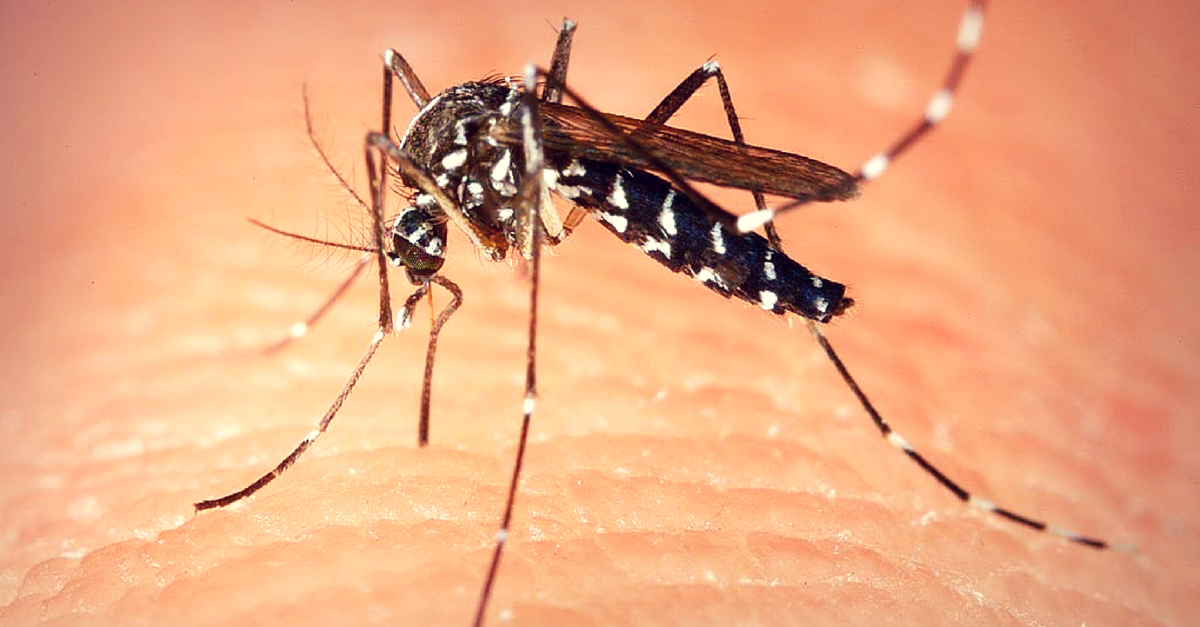Four Nagpur girls, aged 10-12, have become innovators with a brilliant patented product to their names. They have designed the prototype of a low-cost system that can spread eco-friendly mosquito repellent fumes in all rooms of a building, without the use of electricity.
These girls from different schools in the city were attending a science workshop together. All four of them had different plans of developing mosquito repellents.
Source: Wikimedia
They discussed those ideas with the researchers at an organization named Jigyasa Research Centre (JRC). Here they were advised that all the ideas should be brought together and the best features of each could be a part of the final product.
The team includes:
- Shruti Pimplapure, 10
- Radha Amte, 11
- Shruti Karandikar, 12
- Tanishka Kawadkar, 10
Radha’s mother informed The Times of India that after losing a friend to dengue, the 11-year-old had read a lot about plant oils that can be used to kill mosquitoes. Since then, she had been thinking of using this property to create a device that could help curb the disease. Similarly, Shruti had some ideas to check the spread of dengue and malaria in the city. She remembered one of her friends observing AC ducts and suggesting that they could be used to carry mosquito repellents inside all rooms of schools, offices, hospitals etc. This was followed by another girl coming up with the idea of using solar power to save energy so the device could be used in areas where there is no electricity as well.
“We found that coils are harmful for children and pregnant women due to the smoke they produce while creams could flare up allergies in some people. Many people use small plugged-in machines but their effect is in a limited area,” Tanishka told TOI.
Finally all the ideas by the girls were brought together by the JRC team who helped them in making the final model, called the Community Mosquito Repellent Bank.
The device is to be installed on the terrace of a building. A chamber in the system consists of neem, eucalyptus, citronella or other oils. This chamber is connected to a solar panel that heats the ingredients, creating fumes. The collection chamber also has a solar operated exhaust fan that pushes the fumes. This is spread in every room of the building through ducts. Hence the system helps drive away mosquitoes in an eco-friendly manner, and saves electricity too.
The girls have received a patent for the device, and are also communicating with many organizations about installing it in their buildings. The final product is low cost, easy to maintain, self-sufficient, and long lasting.
Like this story? Or have something to share? Write to us: contact@thebetterindia.com, or connect with us on Facebook and Twitter (@thebetterindia).
If you found our stories insightful, informative, or even just enjoyable, we invite you to consider making a voluntary payment to support the work we do at The Better India. Your contribution helps us continue producing quality content that educates, inspires, and drives positive change.
Choose one of the payment options below for your contribution-
By paying for the stories you value, you directly contribute to sustaining our efforts focused on making a difference in the world. Together, let's ensure that impactful stories continue to be told and shared, enriching lives and communities alike.
Thank you for your support. Here are some frequently asked questions you might find helpful to know why you are contributing?


